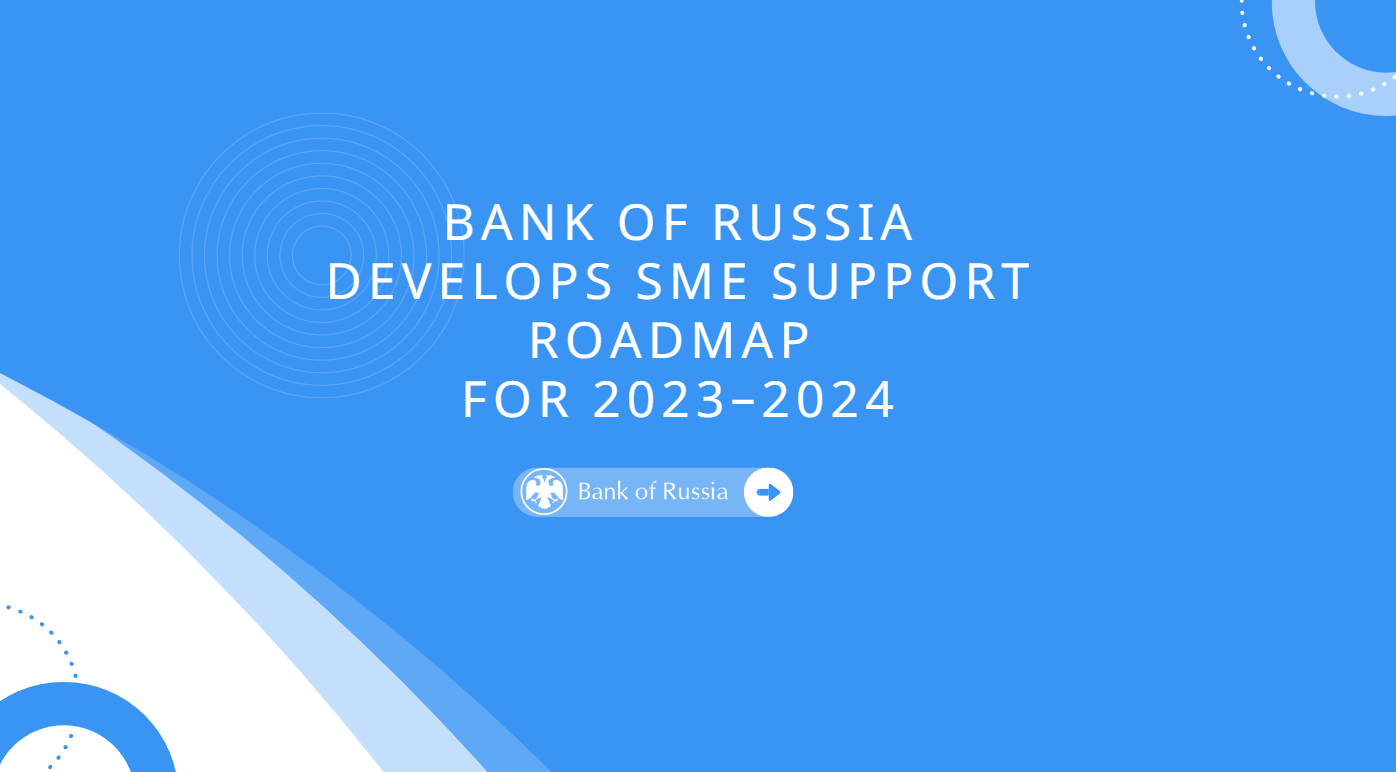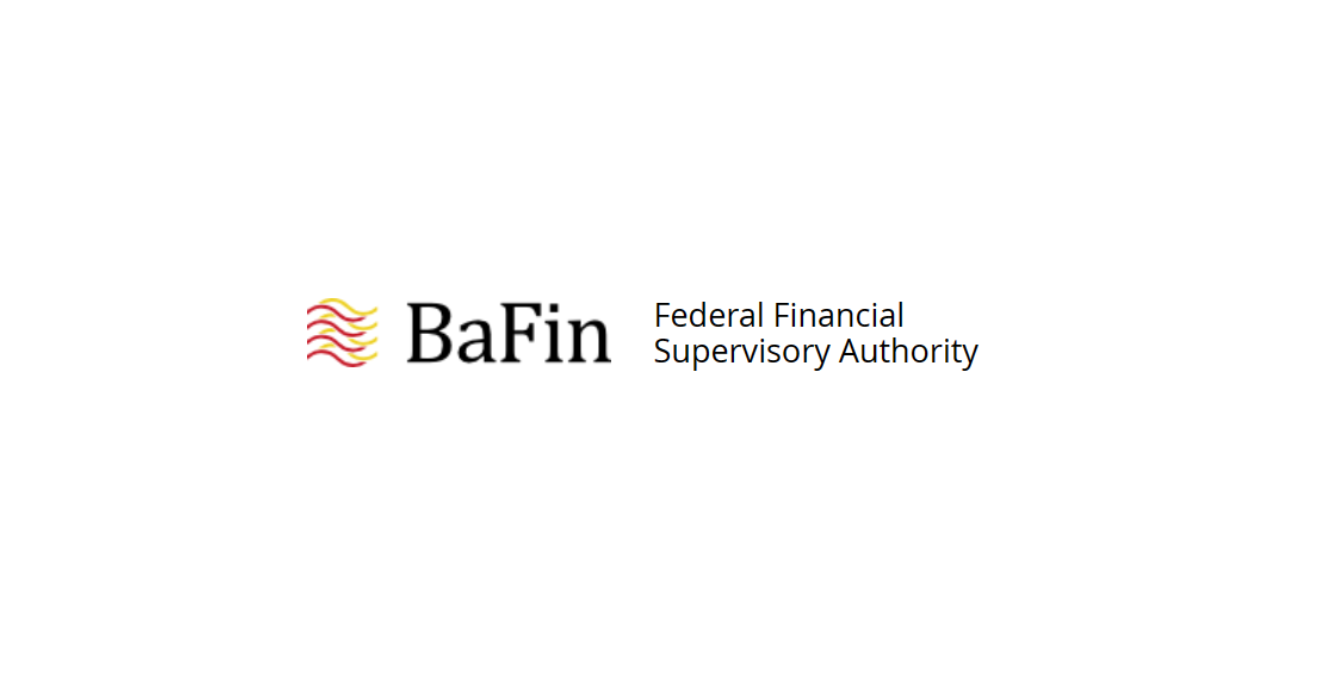Globalisation, Exchange Rate Regimes, and Financial Contagion
Download → Globalisation, Exchange Rate Regimes, and Financial Contagion
Abstract
The crisis of the euro zone in 2010–2012 brought several important questions to the fore, including the question of the proper level of financial integration and the optimal exchange rate arrangements between countries that are part of tightly knit financial networks. Using a simple Diamond–Dybvig style theoretical model, we show that the effects of increased financial interconnectedness and different exchange rate regimes on financial stability should not be studied in isolation from one another. We demonstrate that a switch from a fixed to a flexible exchange rate regime in one country increases the financial fragility of multi- currency systems in a complete network of financial links but decreases fragility if the network of links is incomplete. On the other hand, an increase in financial interconnectedness reduces fragility under a fixed exchange rate regime but does not necessarily do so under a flexible exchange rate regime.1. Introduction
The past three decades witnessed unprecedented financial globalisation and the establishment of large international financial networks, but also a dramatic increase in the frequency, severity, and geographic reach of financial crises.2 The global financial and economic crisis of 2008–2009 exposed serious structural weaknesses in the global financial infrastructure and showed that global crises can be triggered by meltdowns of the most developed markets, and not just developing ones. The crisis in the euro zone in particular raised important policy challenges for all countries that are part of closely interconnected financial networks (whether or not they are members of the euro zone), since the monetary (and fiscal) policy of one country can create an externality that adversely impacts all other countries in the network. For this reason, it is important to understand the proper level of financial integration, the ideal exchange rate arrangements between countries that are part of tightly knit international financial networks, and how these two issues are interconnected.





















































First, please LoginComment After ~